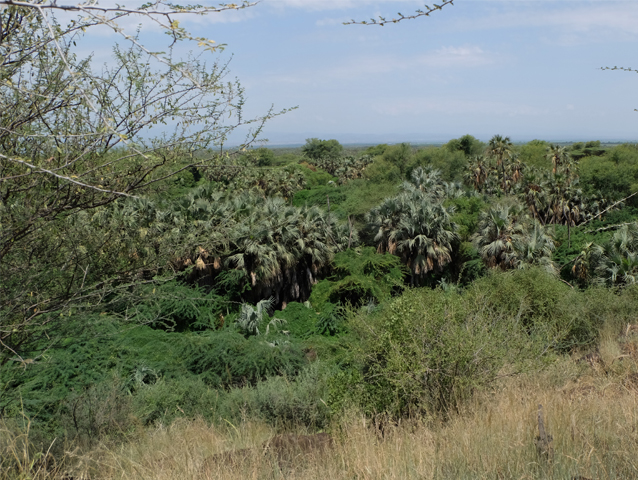The paper by Sergio Taranto and colleagues “Investigating the function of late-Neolithic ‘husking trays’ from Syrian Jazira through integrated use-alteration and phytolith analyses”, published in the Journal of Archaeological Science: Reports has been awarded the Charles C. Kolb Award 2022 by the Society for Archaeological Sciences (SAS). This paper sheds new light on Neolithic food […]
Read MoreAwarded by the Society for Archaeological Sciences
- September 5, 2023
- No Comment



